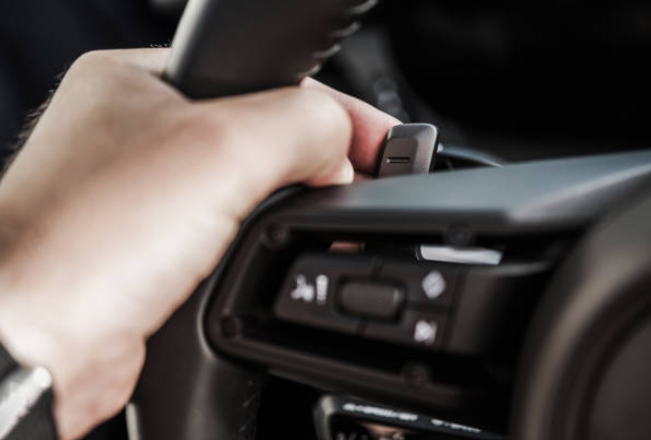How To Start A Car That Has Been Sitting For 1 Year?
Have you recently ventured into your garage, cleared out old automotive magazines, and uncovered the neglected relic of your beloved car? It's a commendable decision to resurrect your long-dormant vehicle, especially now when the timing couldn't be better.
Cars left idle can develop various issues, such as stale fuel, faulty starter motors, seized engines, drained batteries, and corroded components, among others, owing to the effects of time and the environment. Yet, certain common problems often thwart attempts to start a car that's been sitting. Keep reading to learn how to start a car that has been sitting for 1 year.
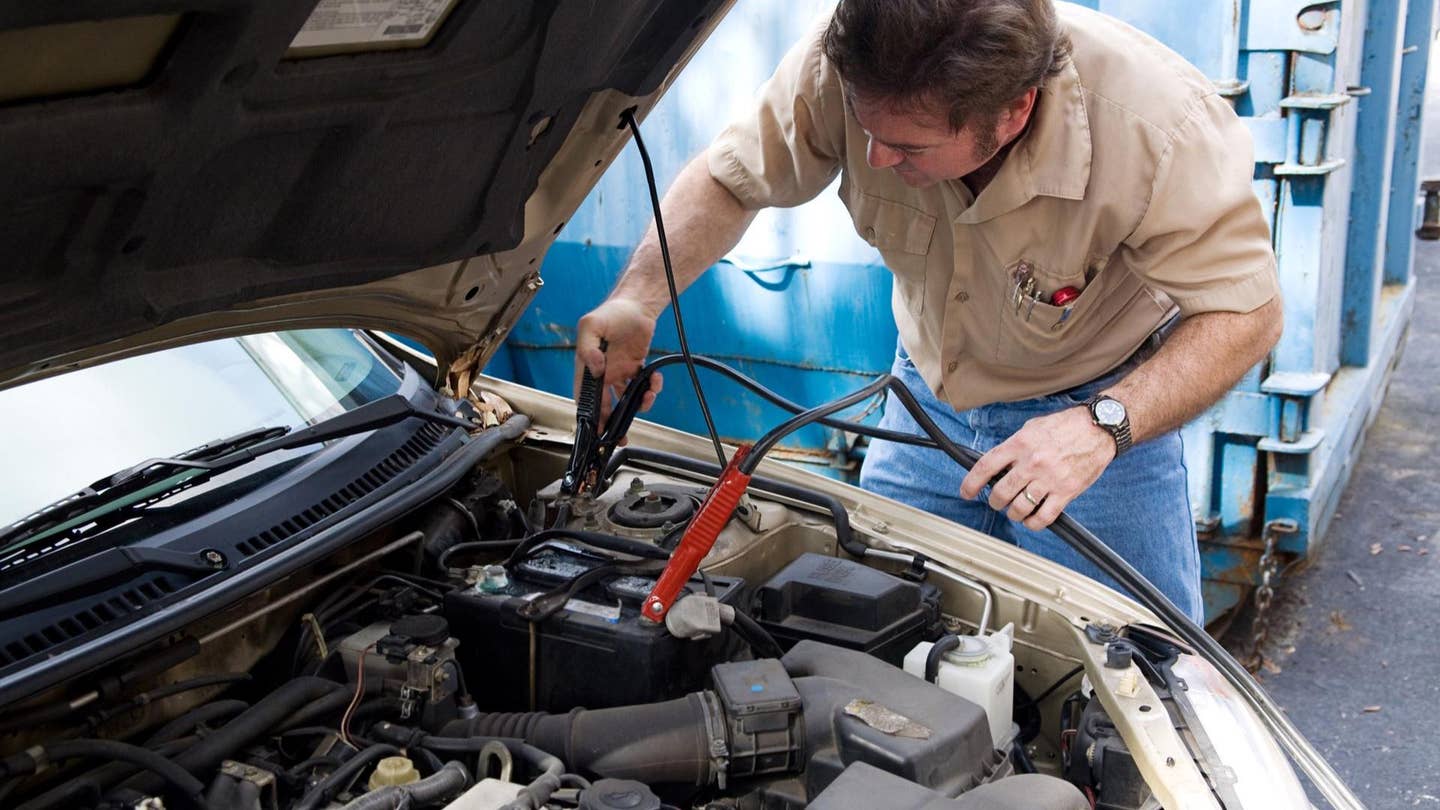
Everything You Need To Revive A Dormant Car
Tools Needed:
For Testing Oil Pressure:
- Assorted ratcheting wrenches
- socket wrench, including a deep 1 ⅙” socket
- Work light
- Oil drain pan for spillage containment
- Oil pressure test kit
- Car jack
- Jack stands
- Wheel chock
- A second person (Sorry, your four-legged friend or trusty child isn't suitable for this task—Ed.)
For Jump-Starting:
- Jumper cables
- A functioning car with a battery of matching voltage or a jump starter
For Fuel Testing:
- Fuel siphon pump
- transparent container
- container for old gasoline
- Fresh gasoline
For Battery Replacement:
- New car battery
- Screwdriver or wrench
For Replacing the Starter Motor:
- New starter motor
- Set of screwdrivers
- Set of wrenches
- Pliers
- Car jack
- Jack stands
- Wheel chocks
- Work light
Safety Gear:
- Non-conductive mechanic gloves
- Face mask
- Battery disconnection
- Cleanup of any oil or gasoline spills around the battery
- Safety glasses
Before attempting to start the car, conduct a thorough visual inspection, both externally and internally, for signs of damage or decay. Look out for any pests that might have taken refuge in the vehicle during its idle period. Inspect the tires for flat spots or deflation due to prolonged immobility. Additionally, check the fluid levels and conditions for indications of leaks or contamination.
Gather the necessary tools and equipment for the task while prioritizing safety. Ensure adequate ventilation, and keep a fire extinguisher nearby. Begin by examining the battery and its connections. If the battery is discharged, consider jump-starting or replacing it. Assess the fuel quality and address any potential contamination issues.
The simplest initial step in starting a car that has sat idle for a prolonged period is attempting a jump-start. After extended inactivity, the battery may lose its charge, leaving you with insufficient power to start the car. Begin here when embarking on your revival mission.
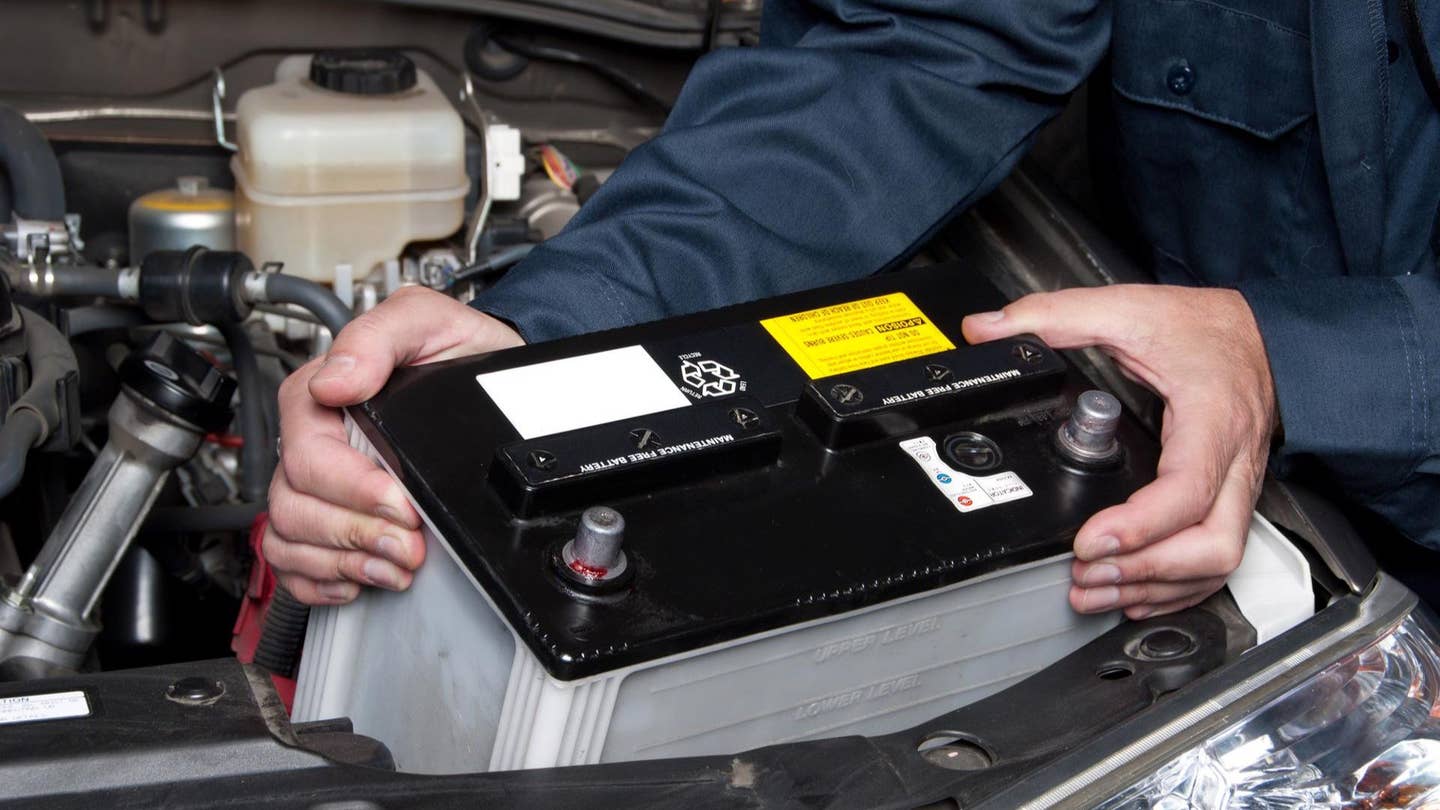
- Replace the car's fluids: oil, coolant, and transmission fluid.
- Ensure the car with the live battery is not running.
- Attach your jumper cable's red clamp to the battery's positive terminal (designated by a red cover or a "+" symbol) on the dead car.
- Connect the other red clamp to the vehicle battery's positive terminal.
- Attach the black clamp to the battery's negative terminal (designated with a black cover or a "-" symbol) on the running car.
- Connect the other black clamp to an unpainted, grounded metal surface or portion of the automobile, like the frame, if the battery is dead.
- Start the car with the live battery.
- Allow it to run for a few minutes to begin recharging the dead battery.
- Start the car with the dead battery.
- Continue running the other car for a few more minutes and try again if the engine still would not start.
- The black clamp should be removed from the grounded surface, the red clamp from the dead battery, the red clamp from the good battery, and so on. Remove the clamps in reverse sequence.
An old battery ranks as the second-easiest potential cause of your car's failure to start after a prolonged period of inactivity. Here's how to replace it.
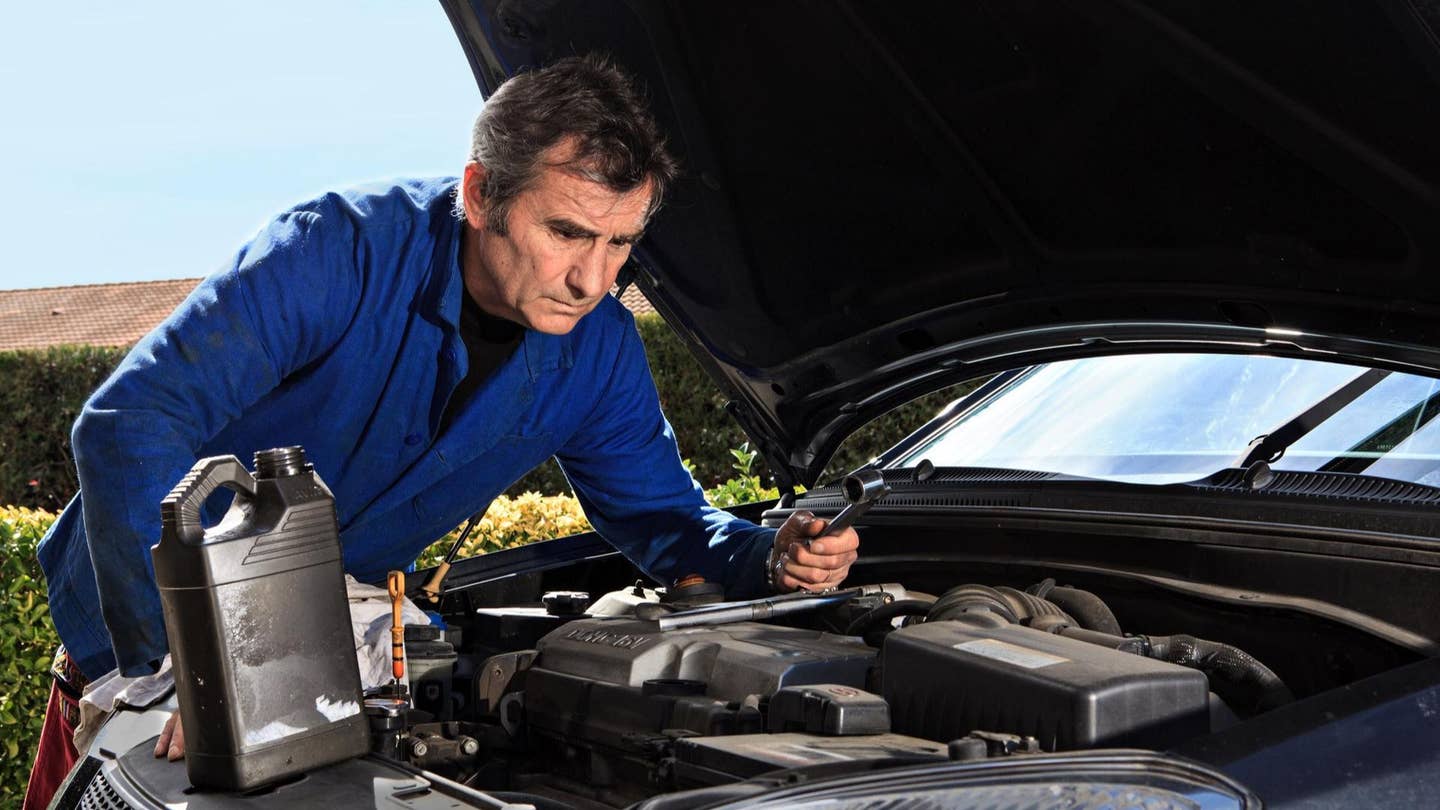
- Replace the car's fluids: oil, coolant, and transmission fluid.
- Open the car's hood to access the battery.
- Remove the old battery by disconnecting the negative cable from the negative terminal (marked with a minus sign). Depending on the battery's design, you may need a wrench to loosen the cable.
- Disconnect the positive cable from the positive terminal (marked with a plus sign). Be cautious to avoid sparking if using a wrench.
- Loosen the battery hold-down, connectors, and/or fasteners securing the battery in place.
- Lift out the old battery. If it's heavy (over 50 pounds), seek assistance.
- Clean the clamps with a wire brush and water or baking soda to remove corrosion, dirt, or debris.
- Install the new battery into the holder.
- Secure the battery in place.
- Reconnect the positive terminal.
- Reconnect the negative terminal.
- Test the car by attempting to start the engine or turning on the electronics. If everything powers up, the battery installation is successful, and you're ready to go.
During the car's dormancy, oil may have leaked out, resulting in a drop in pressure that could lead to an engine seizure. Here's how to test your oil pressure.
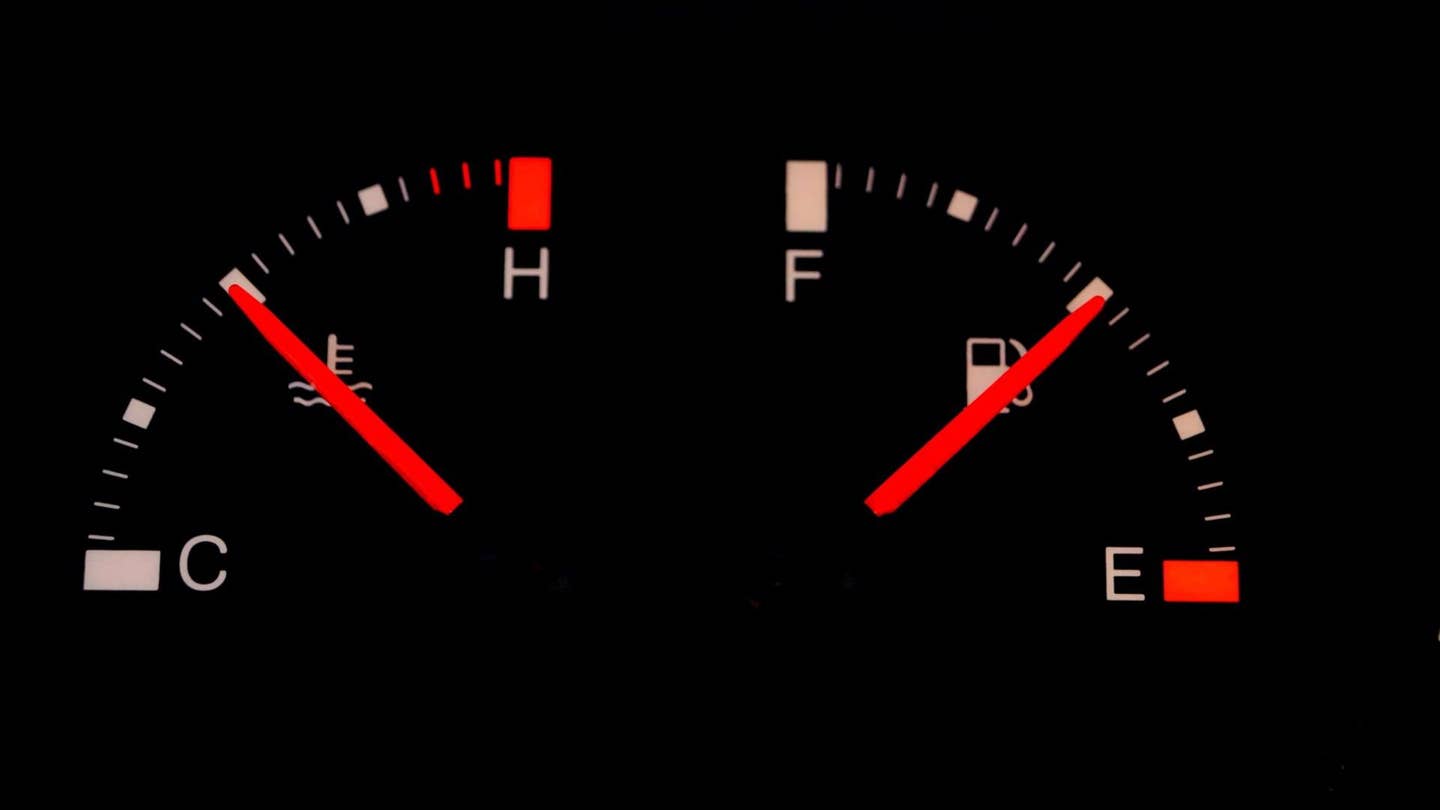
- Lift the front end of your vehicle for better clearance, if necessary.
- Locate the engine oil pressure sender near the oil sump on the engine block. Consult your car's repair manual if unsure.
- Place an oil drain pan beneath the engine to catch any spilled oil.
- Disconnect the electrical connector from the oil pressure sender.
- Remove the oil pressure sender from the engine block using the appropriate socket (usually 1 1/16”).
- Follow the instructions provided with your oil pressure kit to mount the tester.
- Check the engine oil level to ensure it's adequately filled, topping up as necessary.
- Allow the engine to idle for five minutes or until it reaches operating temperature.
- Refer to your car's owner's manual to determine the RPM required for the oil pressure test.
- Follow the manual or repair guide to ascertain the oil pressure range for a given RPM (e.g., 40–70 lbs at 3000).
- Have your assistant maintain the engine at the specified RPM per the test kit instructions.
- Record the oil pressure readings.
- Turn off the engine and let it cool.
- Remove the oil pressure tester.
- Reinstall the oil pressure sender.
- Reconnect the oil pressure sender electrical connector.
- Lower the vehicle.
- Top up the oil to ensure it is at the proper level.
1. For what amount of time does an automobile need to be started?
Generally speaking, if stored correctly, cars can lie idle for several weeks without experiencing any serious problems. On the other hand, extended inactivity—six months to a year—can result in a number of mechanical and electrical issues.
2. Can an automobile that has been sitting for years be revived?
It is feasible to restore an automobile that has been abandoned for many years, but it might take a lot of effort and money. It is critical to evaluate the vehicle's state and deal with any problems methodically, beginning with routine maintenance chores like component inspections and fluid checks.
3. How do I know if my car's battery needs to be replaced?
Signs of a failing battery include difficulty starting the engine, dimming headlights, and electrical issues. If your car has been sitting idle for an extended period, it's advisable to test the battery's voltage and condition before attempting to start the vehicle.
A dormant car can be revived with the correct equipment, perseverance, and patience. Success in resolving issues such as seized engine components, stale fuel, or dead batteries requires a methodical approach. You can improve your chances of saving your cherished car by carrying out in-depth examinations, assembling the required equipment, and carrying out the recommended maintenance procedures. Always put safety first, and get help from professionals if you need it. You may give your long-abandoned car new life and experience the wide road once again with commitment and care.
Click on the following link to read another blog post: How To Start A Car With A Dead Battery Without Another Car?






